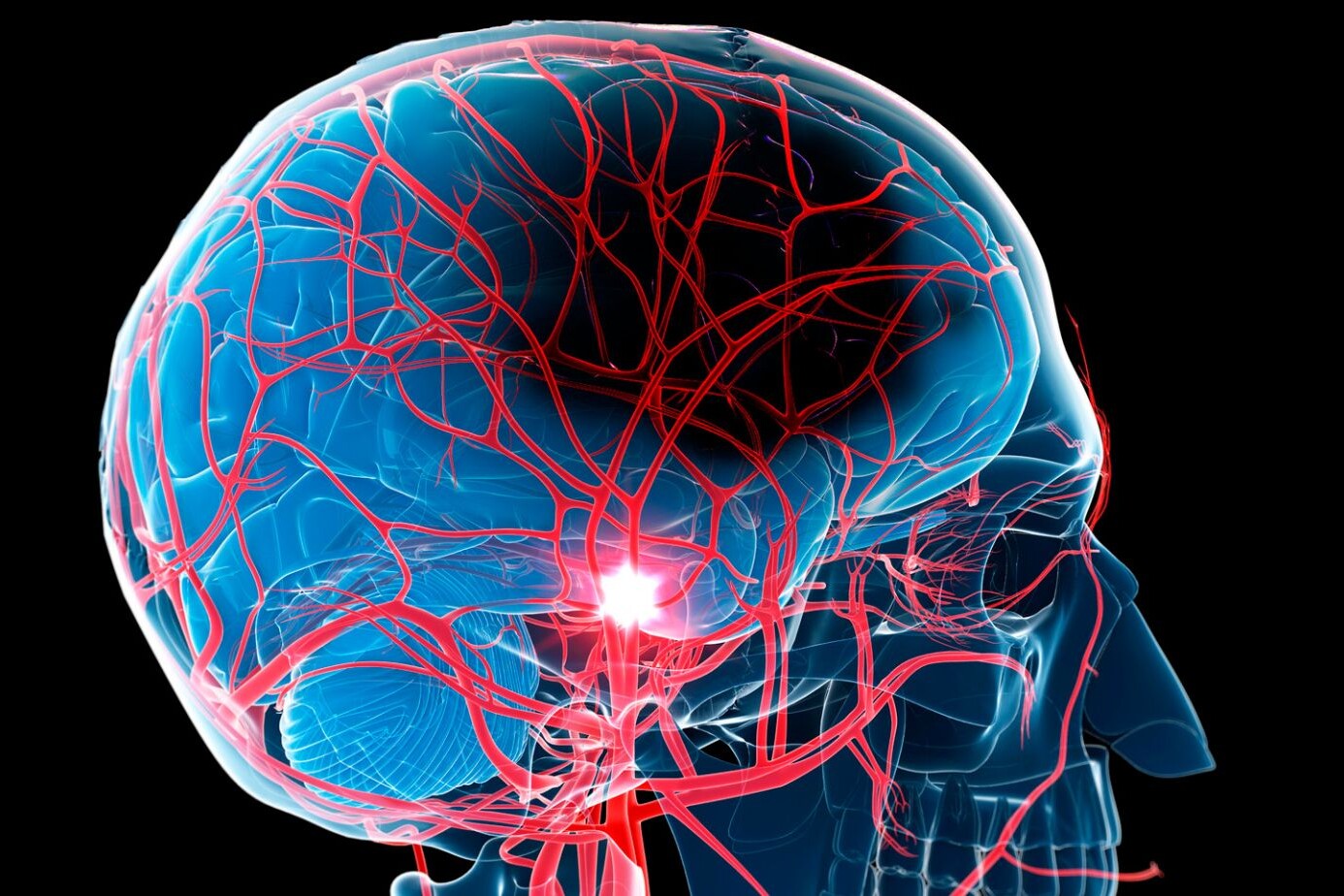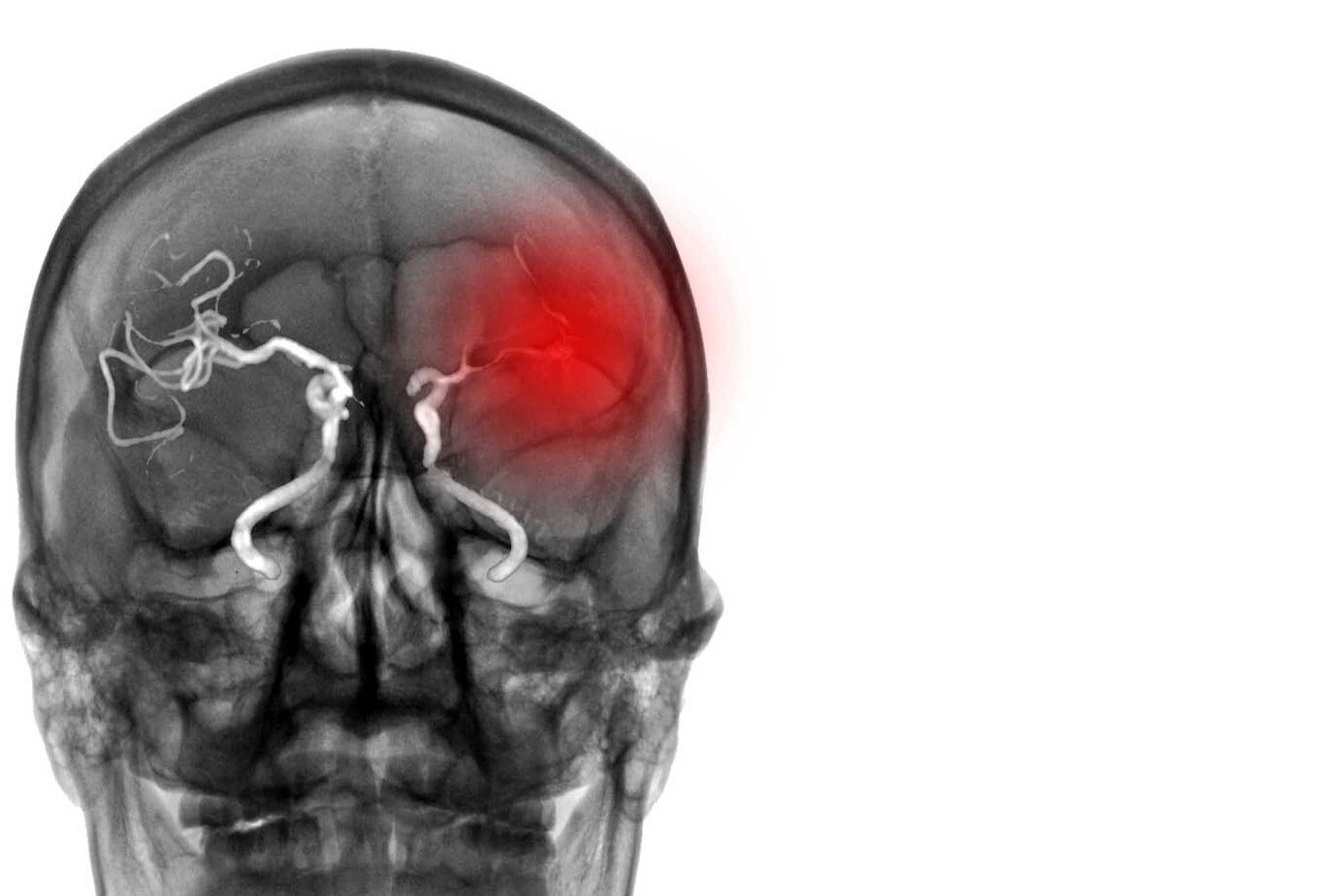Transient Ischemic Attack is a short-term blockage of blood flow to the brain. Though symptoms may disappear quickly, it serves as a major warning sign of an upcoming stroke. It is sometimes called a mini stroke, but there’s nothing “mini” about the risk it brings.
In this blog, you’ll learn what TIA is, what causes it, how it’s diagnosed and treated, and the steps to take after experiencing one.
Knowing the facts about Transient Ischemic Attack could save your life or someone else’s.
Table of Contents
ToggleWhat is Transient Ischemic Attack (TIA)?
A Transient Ischemic Attack, often called a TIA, is a brief, temporary interruption in blood flow to the brain. The blockage usually lasts for a few minutes to hours and clears up without causing permanent damage. That’s why TIA is known as a temporary stroke.
TIA mimics the symptoms of a full-blown stroke but leaves no long-term harm. However, it must be taken seriously.
A Transient Ischemic Attack often acts as a preview of a future, more severe stroke. Ignoring it can be fatal. 1 in 3 people who have a TIA will go on to have a major stroke, some within days.
So knowing what a TIA looks like could save your life.
What are the Symptoms of TIA?
The signs of a Transient Ischemic Attack appear fast. Most come on in seconds and go away within 24 hours. Often, they disappear in under an hour.
 Here’s what to watch for:
Here’s what to watch for:
- Sudden numbness or weakness in your face, arm, or leg, especially on one side
- Trouble speaking or slurred words
- Confusion or trouble understanding
- Vision changes like double vision or blurry sight
- Dizziness or loss of balance
- Headache with no known cause
These are the same symptoms as a stroke. You won’t be able to tell if it’s a TIA or something worse. That’s why you must act fast. Always call emergency help right away.
Mini stroke warning signs may be brief, but they’re loud enough to get attention.
Who is More Likely to Have a TIA? Causes and Risk Factors

TIA is a type of temporary stroke, but don’t mistake it as harmless.
Anyone can have a TIA, but some people are more at risk.
Here are the biggest transient ischemic attack risk factors:
- High blood pressure – #1 cause
- Smoking
- Diabetes
- High cholesterol
- Heart disease
- Obesity
- Lack of exercise
- Heavy alcohol use
- Family history of stroke
Age matters too. People over 55 are at greater risk. And if you’ve already had a TIA, the risk goes even higher.
When to See a Doctor?
If you ever feel symptoms, even if they go away, see a doctor right away.
You don’t wait until the symptoms come back because the next time, the damage might be permanent.
Go to the hospital or call emergency services immediately if you:
- Can’t move one side of your body
- Can’t speak clearly
- Lose vision suddenly
- Feel dizzy, faint, or confused
How is Transient Ischemic Attack Diagnosed and Treated?
Diagnosing a TIA
Diagnosing a TIA starts with understanding the symptoms and acting fast. Since it doesn’t cause permanent damage, there’s no single test that confirms it.
Doctors rely on:
- A detailed medical history
- Neurological exams
- Brain scans such as MRI or CT to rule out full stroke
- Carotid ultrasound to check for blocked arteries
- ECG or heart monitoring to find heart-related clots
Your doctor may also check blood pressure, cholesterol, and sugar levels. All these help determine transient ischemic attack causes symptoms and find out what needs to be treated to avoid another TIA.
Treating a TIA
Though a Transient Ischemic Attack resolves on its own, treatment starts immediately to prevent a major stroke. The approach is based on the root cause of the blockage.
Treatment plans may include:
- Blood thinners to stop clots
- Medicines for blood pressure or cholesterol
- Managing diabetes
- Lifestyle changes: quitting smoking, eating healthier, and daily physical activity
- Surgery for blocked neck arteries if needed
Doctors follow strict TIA follow-up care guidelines to reduce risks. Once a TIA happens, preventing the next is the main goal.
Warning Signs of Future Strokes
A TIA is often the first strike before a major hit.
If you’ve had a Transient Ischemic Attack, you’re at high risk for a future cerebrovascular event, like a full stroke.
Here’s what to keep your eyes on:
- Repeated TIAs
- Worsening symptoms
- Trouble walking or balance issues
- New weakness or speech changes
Also, people with high transient ischemic attack risk factors, like high blood pressure, smoking, or diabetes need close monitoring.
Taking symptoms seriously is your best chance to prevent severe brain injury.
Living With Transient Ischemic Attack (TIA)
The symptoms disappear quickly, but the fear of another episode lingers. That’s why long-term care is vital.
Most people don’t realize that even after symptoms fade, post-TIA symptoms like tiredness, anxiety, and post-TIA fatigue dizziness can remain for weeks.
Daily habits play a key role in stroke prevention:
- Lower salt and fat in meals
- Keep weight under control
- Get 30 minutes of movement daily
- Sleep at least 7 hours per night
- Track sugar, cholesterol, and blood pressure
- Avoid tobacco and limit alcohol
Understanding TIA recovery timeline symptoms helps manage expectations. Healing isn’t just physical; mental wellness matters, too. Knowing after TIA what to expect gives patients control and confidence.
Support from doctors, therapists, and stroke groups can ease anxiety and give purpose to your plan.
Latest Updates on TIAs
New research shows promising ways to reduce brain ischemia and improve care after a Transient Ischemic Attack.
- Studies are testing migraine drugs to see if they worsen stroke risks.
- Researchers are trying to find proteins or genes that may protect brain cells during neurological deficits.
- Blood tests (biomarkers) are being developed to predict who’s at highest risk after a TIA.
- Advanced scans can now detect hidden artery blockages more accurately.
Better data means smarter prevention and faster response to the next Transient Ischemic Attack. Doctors can now customize treatment based on personal risks.
FAQs
How do you treat a TIA immediately?
A TIA requires fast emergency care. Doctors check brain scans, blood clots, and heart rhythm. Treatment starts quickly with medicines to stop clots and reduce stroke risk.
How long does TIA last?
A Transient Ischemic Attack usually lasts from a few minutes to a few hours. It never lasts more than 24 hours. Most symptoms fade within an hour without permanent damage.
Does the brain heal after a TIA?
Yes. A TIA does not leave lasting damage. The brain recovers fully in most cases. But untreated causes can trigger more serious strokes later, so follow-up is critical.
What is the best medicine for TIA?
Doctors may use blood thinners, cholesterol drugs, or pressure medicines. The best treatment for a Transient Ischemic Attack depends on your medical history and test results.
What foods should I avoid after TIA?
Avoid salty snacks, fried food, red meat, sugary drinks, and processed meals. Eating more fruits, vegetables, and fish helps your heart and lowers stroke risk after a TIA.
What tests confirm a TIA?
Brain imaging tests like MRI or CT scan confirm a Transient Ischemic Attack. Doctors may also do heart exams, blood tests, and ultrasound scans to detect artery blockages.
How do I reduce my TIAs?
Stop smoking, exercise daily, control diabetes and blood pressure, eat healthy, and take medicines as advised. Follow your TIA follow-up care guidelines to stay safe.
How to test for stroke at home?
Use the FAST test:
- Face – One side droops?
- Arms – One arm weak?
- Speech – Slurred or strange?
Time – Call for help fast.
About The Author

This article is medically reviewed by Dr. Chandril Chugh, Board-Certified Neurologist, providing expert insights and reliable health information.
Dr. Chandril Chugh is a U.S.-trained neurologist with over a decade of experience. Known for his compassionate care, he specializes in treating neurological conditions such as migraines, epilepsy, and Parkinson’s disease. Dr. Chugh is highly regarded for his patient-centered approach and dedication to providing personalized care.
→ Book a consultation to discover which remedies suit your needs best.





